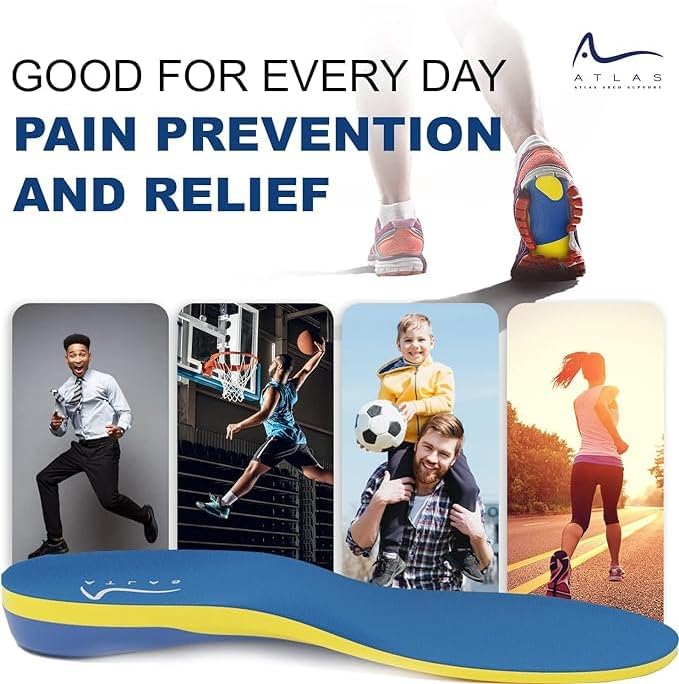Explore the aging with some common foot health problems, including common problems such as arthritis, diabetes-related issues, and decreased circulation. Learn about care tips and preventive measures to maintain foot health and mobility in older adults.

Introduction
Aging can significantly impact foot health, leading to various foot problems that can affect mobility, independence, and overall quality of life. As people age, changes in the structure and function of the feet are common, due to years of wear and tear, decreased circulation, changes in the skin and nails, and other health conditions that can affect the feet. Understanding these changes and how to care for aging feet is essential for maintaining mobility and preventing complications.
Table of Contents
Common Foot Problems in Aging
The aging process brings about various changes in foot health, leading to several common problems that can significantly impact mobility and quality of life. Here’s a closer look at these issues:
1. Arthritis
- Impact: Arthritis, and particularly osteoarthritis, affects the joints in the feet and ankles, leading to pain, stiffness, and reduced mobility. The wear and tear over the years can degrade cartilage, leading to bone rubbing on bone, which causes discomfort and movement limitations.
- Management: Managing arthritis often involves a combination of medication, physical therapy, and possibly orthotic devices to relieve pressure and pain. Regular exercise to maintain foot flexibility and strength is also beneficial.


2. Diabetes-Related Complications
- Impact: Diabetes can severely affect foot health, leading to poor circulation, neuropathy (nerve damage that results in a loss of feeling in the feet), and an increased risk of infections and ulcers. These complications arise due to high blood sugar levels damaging blood vessels and nerves.
- Management: Daily foot inspections, maintaining good blood sugar control, wearing appropriate footwear, and regular check-ups with a healthcare provider are essential for preventing serious complications.
3. Plantar Fasciitis
- Impact: This condition involves inflammation of the plantar fascia, a thick band of tissue that connects the heel bone to the toes. It can cause sharp heel pain, particularly in the morning or after sitting for long periods.
- Management: Treatment options include stretching exercises, ice application, anti-inflammatory medications, and wearing supportive shoes or orthotics to alleviate stress on the plantar fascia.
4. Bunions and Hammertoes
- Impact: Bunions are bony bumps that form on the joint at the base of the big toe, while hammertoes are deformities of the second, third, or fourth toes, causing them to bend at the joint. Both conditions can result from changes in foot structure and can lead to pain and footwear difficulties.
- Management: Proper footwear with a wide toe box, orthotic devices, and in some cases, surgery, can help manage these conditions.

5. Corns and Calluses
- Impact: These are areas of thickened skin caused by friction and pressure. While not typically serious, they can become painful and problematic if not treated.
- Management: Treatment involves wearing properly fitting shoes, using protective pads, and gently filing down the thickened skin. In severe cases, professional removal by a podiatrist may be necessary.
6. Loss of Fat Pad Cushioning
- Impact: The natural fat padding on the bottom of the feet thins out with age, leading to increased pressure and pain when standing or walking.
- Management: Cushioned footwear and the use of orthotic inserts can help mitigate the discomfort caused by the loss of natural padding.
Understanding these common foot problems in aging and implementing effective management strategies can help maintain foot health, reduce discomfort, and preserve mobility in older adults. Regular consultations with healthcare providers, including podiatrists, are crucial in managing these conditions effectively.
Care and Management Strategies for Foot Health
Effective care and management strategies are essential for maintaining foot health, especially as we age. Implementing these strategies can significantly reduce the risk of foot problems, enhance mobility, and improve quality of life. Here’s a detailed look at each strategy:
1. Proper Footwear
- Importance: Supportive, well-cushioned, and properly fitting footwear is crucial in preventing foot pain, injuries, and various foot conditions. Shoes should accommodate the foot’s natural shape, providing enough room for the toes while offering stability and support.
- Tips: Avoid high heels and tight shoes that can lead to issues like bunions or hammertoes. Opt for shoes with a low to moderate heel, a non-slip sole, and made from materials that allow the feet to breathe.
2. Regular Foot Examinations
- Importance: Regular check-ups with a podiatrist can help in the early detection and management of foot problems. This is particularly crucial for individuals with diabetes, as they are at higher risk for serious foot complications.
- Tips: Schedule annual appointments or more frequently if recommended. Always report new symptoms or changes in foot health to your healthcare provider promptly.
3. Moisturize and Care for the Skin and Nails
- Importance: Dry skin and improperly trimmed nails can lead to cracks, infections, and ingrown toenails. Maintaining skin and nail health is vital for preventing these issues.
- Tips: Moisturize the feet regularly with a suitable foot cream. Trim nails straight across and file down sharp edges to prevent ingrown toenails. Avoid cutting cuticles, as this can lead to infection.
4. Exercise and Stretch
- Importance: Regular foot exercises and stretches can improve circulation, enhance flexibility, and strengthen foot muscles, reducing the risk of foot problems.
- Tips: Incorporate simple exercises like toe curls, ankle rotations, and towel stretches into your daily routine. These can be performed even while seated, making them accessible for individuals with mobility issues.
5. Manage Health Conditions
- Importance: Chronic conditions like diabetes and arthritis can have a significant impact on foot health. Effective management of these conditions can prevent foot-related complications.
- Tips: Follow your healthcare provider’s advice for managing chronic conditions. This may include medication, diet modifications, and regular monitoring of blood sugar levels for individuals with diabetes.
6. Orthotics and Inserts
- Importance: Custom-made orthotics or over-the-counter inserts can provide targeted support and cushioning, addressing specific foot issues and improving comfort.
- Tips: Consult with a podiatrist to determine if orthotics could be beneficial for you. For over-the-counter options, look for inserts that match your foot type and address any specific concerns, such as arch support or heel cushioning.
By integrating these care and management strategies into your routine, you can proactively address the challenges that aging poses to foot health, ensuring that your feet remain as healthy and functional as possible throughout your later years.
Conclusion
The impact of aging on foot health involves a range of potential problems that can significantly affect an individual’s quality of life. However, with proper care, including the selection of appropriate footwear, regular medical check-ups, and lifestyle adjustments, many of these issues can be managed effectively. Maintaining foot health as we age is essential for mobility, independence, and overall well-being.









